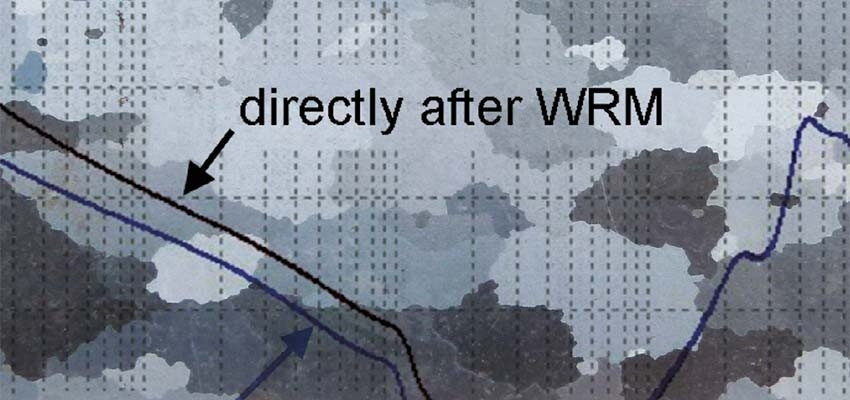
Demagnetisation of grain-oriented electrical steels (GOES)
Abstract The magnetisation processes in grain-oriented electrical steels, which are the basic component of transformers cores, are very complex and depend on the amplitude and...
byStan Zurek

Abstract
The magnetisation processes in grain-oriented electrical steels, which are the basic component of transformers cores, are very complex and depend on the amplitude and frequency of excitation. Nevertheless, demagnetisation frequency is of less significance because good quality procedure can result in the same demagnetised state. Demagnetisation is important for transformer testing, especially when using Sweep Frequency Response Analysis, as well as for saturation testing of current transformers.
Keywords: grain-oriented electrical steel, magnetic cores, demagnetisation, transformer testing
Introduction
Magnetic cores of larger transformers operating at mains rated frequency (50 or 60 Hz) are commonly made from grain-oriented electrical steel (GOES). This applies not only to power transformers of any kind (from low voltage to 400 kV and power from single kVA to 1000 MVA), but also to current transformers.
Sometimes it is beneficial or even required that a magnetic core is demagnetised before other test or procedures are carried out. Testing results on a transformer which was not demagnetised can be affected or the transformer can even undergo more severe inrush currents.
This paper discusses some underlying processes taking place inside of the GOES material and their importance for the transformer testing.







